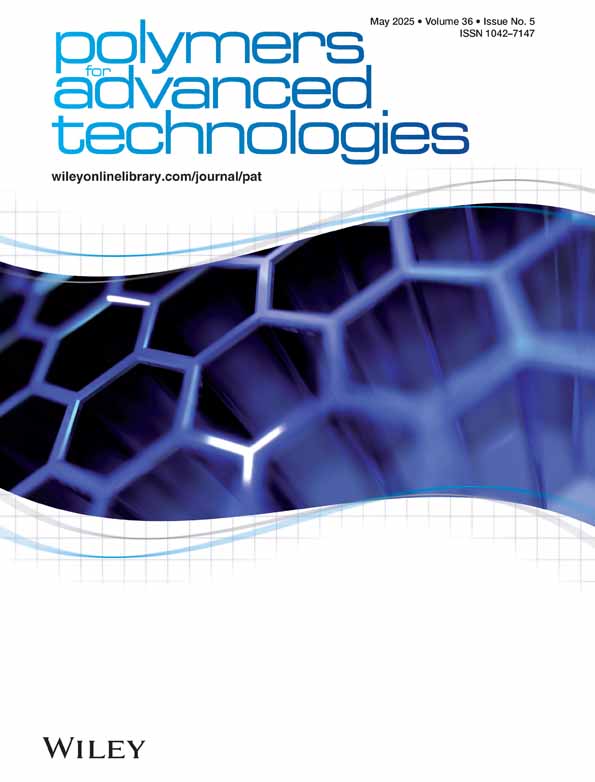Machine Learning-Based Design and Fabrication of Multilayered Microwave Absorber
Funding: This work was supported by Science and Engineering Research Board (CRB/2022/007079) and Ministry of Education (SB/22-23/1265/PHETWO/008421).
ABSTRACT
Microwave absorbers are useful to develop sensors, absorb unwanted radiation, modify antenna patterns, electromagnetic interference shielding, reduce radar cross section, and so forth. With the conventional absorbers being bulk with dimensions more than the operating wavelength, continuous efforts are being made to develop thin absorbers, with thicknesses at least of the order of the wavelength. Homogeneous materials do not provide efficient absorption because of the difficulty in matching the impedance at the interfaces with a good absorption in the bulk. Multilayered structures offer a graded-index nature, providing both impedance matching and good volumetric absorption. Designing the multilayered structure requires the manipulation of five variables per layer and deciding on a large number of possibilities in arranging the sequence of the layers. In this regard, this paper uses the machine learning-based random forest regressor (RFR) and genetic algorithm (GA) to use the trained data to pick up the solution that gives us a wide band, nearly perfect absorption. In this work, five different polymer nanocomposites with various fillers are prepared, and their individual properties, namely, complex dielectric permittivity and complex magnetic permeability, are evaluated experimentally. These data are fed into the machine learning algorithms to predict multilayered structures with four and six layers, with suitable stacking of the composites along with specific thicknesses to prepare multilayer composites to achieve > 98% absorption over the X-band frequency (8–12 GHz) region. The use of RFR/GA algorithms helps the researchers to save considerable time preparing the multilayers with desired electromagnetic properties.
Conflicts of Interest
The authors declare no conflicts of interest.
Open Research
Data Availability Statement
The data that support the findings of this study are available from the corresponding author upon reasonable request.




